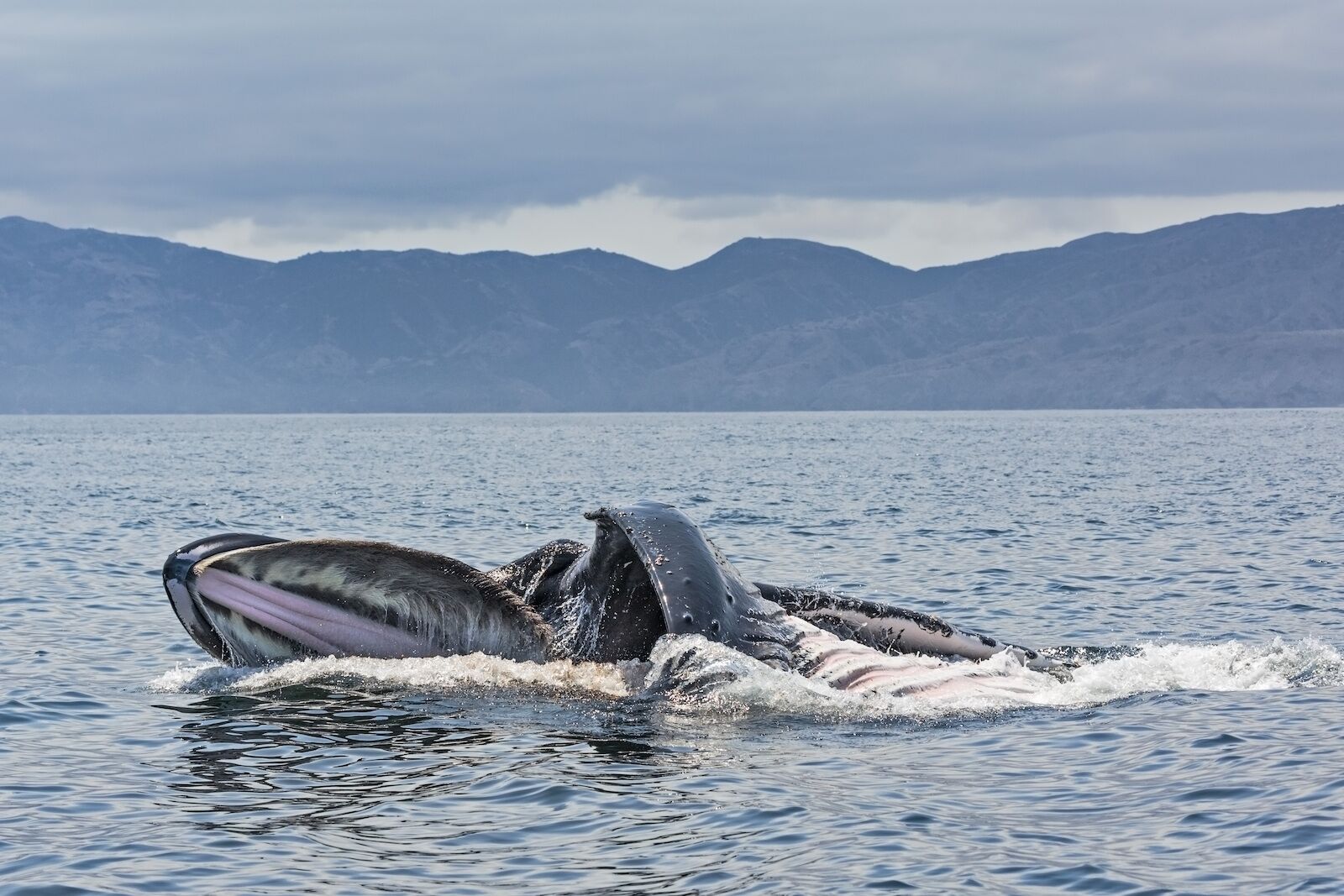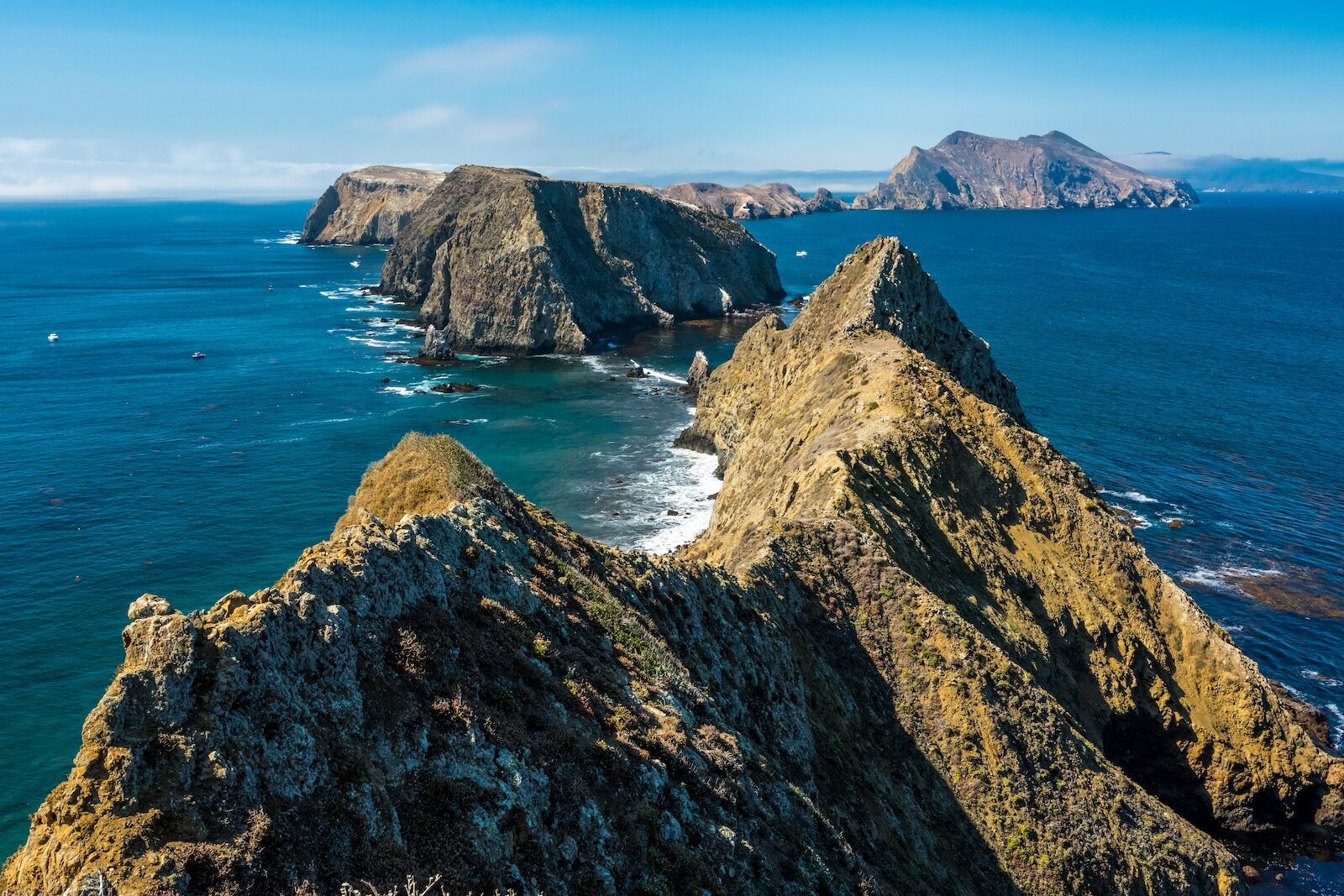In October of 2023, the Santa Barbara Channel was officially recognized as the second Whale Heritage Area in the United States. The region received the accolade in response to local efforts led by the Santa Barbara Maritime Museum, conservationist Jean-Michel Cousteau, and local leaders including biologists and business owners to showcase conservation and education efforts supporting a thriving ecosystem for cetaceans in this beautiful stretch of southern California. The Santa Barbara Channel Whale Heritage Area is the best place in the world to see whales year-round, and doing so helps to protect their environment for the future.
The Whale Heritage Areas effort was started by the World Cetacean Alliance, a UK-based non-profit under the guidance of Jean-Michel Cousteau, son of Jacque Cousteau. Whale Heritage Areas are a flagship effort of the WCA. and seek to promote environmental restoration and maritime conservation in habitats and feeding grounds along whale migration routes. For Santa Barbara, the designation is a marker of success for local conservation efforts.



